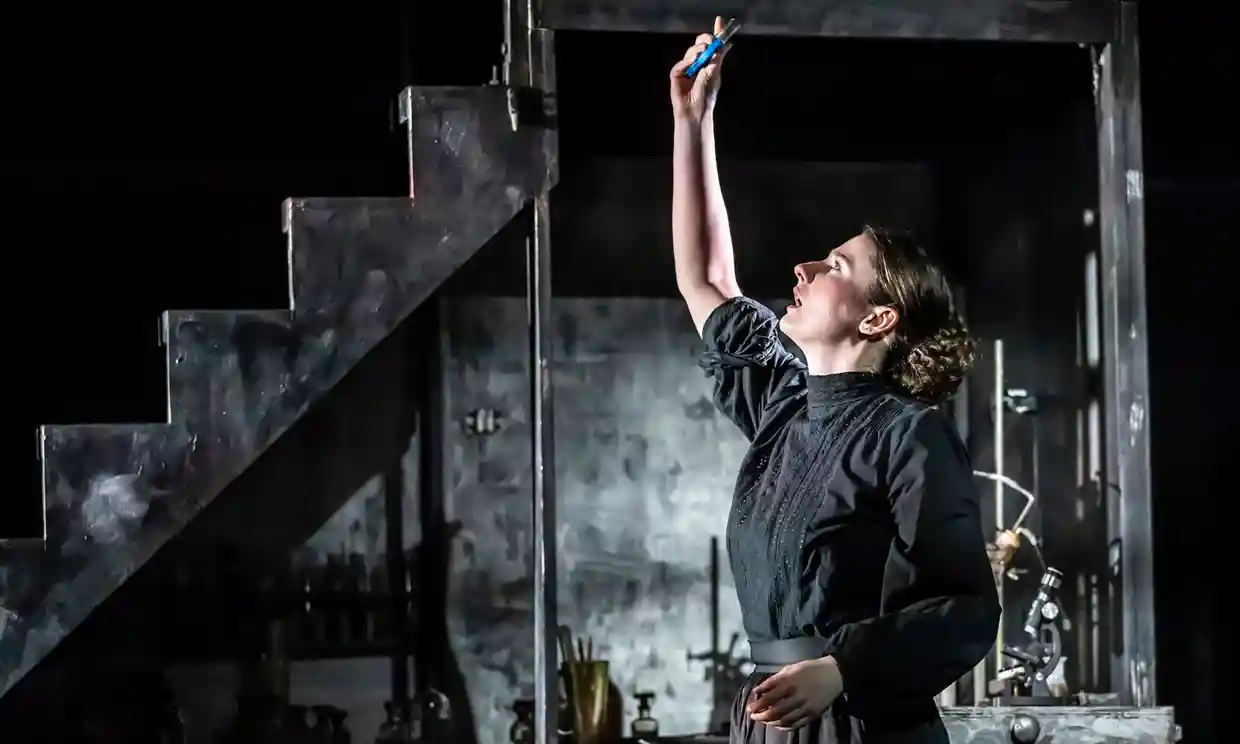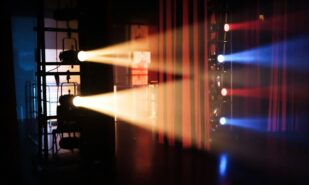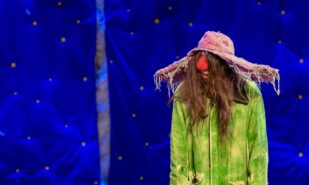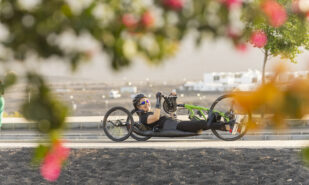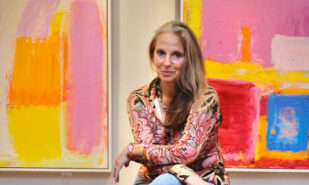Off-West End plays are always made with great love and tremendous enthusiasm. It’s not about commerce, but about art in its purest form. The new musical “Marie Curie” is no exception.
Great Maria: The story of Marie Curie put into a musical
Written and first staged in Korea (music by Jongyoon Choi), it was transferred to London and translated into English (directed by Sarah Meadows in its English version). Yes, it tells the story of a Polish girl born in the Russian Empire who became a famous French scientist, and it’s done with taste and a sense of measure, hardly ever betraying the creators of the play.
It’s important to note that “Marie Curie” should not be taken as a biopic. The story told in the musical is more a compilation of the dawn of humanity’s relationship with radioactive substances. The first case involving “radium girls” – factory workers who painted watch dials with radioactive paint – did not happen under Marie Curie’s watch, nor in France, but in the United States. In Paris, cosmetics containing radium were handled by Alfred Curie – simply a namesake of Marie and Pierre Curie, not a relative. The great scientists had two daughters – the younger Eva (a well-known journalist, resistance member, pianist, who wrote a book about her mother) and the older Irène (who became a scientist and received the Nobel Prize, like her parents). Eva is not at all present in the play, while Irène sits on stage analyzing her mother’s beadwork handwriting in notes and diaries. Most of Marie Curie’s diaries, by the way, are sealed in lead boxes – they are too radioactive to be accessible to scientists.
But one should not expect historical accuracy from a musical. It is primarily a story of selfless service to science and the painful choice between life and the Cause. Speaking of which, it is quite a terrible dilemma. So, forget about fact-checking, and take this story as a fantasy or an alternative reality.
On the tiny stage of the Charing Cross Theatre, elegant two-level decorations are constructed, very accurately depicting everything from a Warsaw-Paris train to a university auditorium to a laboratory to a factory (decorations and costumes by Rose Montgomery). Frosted windows and light effects create the illusion of a vast space. There’s no machinery – just the hands of the artists. They move the decorations, spin them, turn them, brake them. Not hiding, not concealing movements – this is as much a part of the play as the dance, which, by the way, is very good (choreographed by Joanna Goodwin).
The play’s team is young and clearly passionate about their creation. It resembles a student passion, not so much a one-off project as the beginning of a new theater – right there with a troupe and a repertoire. All actor types and roles are represented… Well, no, of course not. But let one dream! It’s very interesting to watch them, each with their own developed character depiction, thoughtful dramaturgy, and charisma. Among them is the sparkling engineer Isabel Snaas, the delightful soubrette Maya Kristal Tenenbaum, and many others.
Pierre Curie (Thomas Josling) is played here as a tender, almost porcelain shepherd, awkward and insensibly in love with science and his wife (“Man-ya!” he says tenderly). Such a couple could indeed have gone on a honeymoon on two inexpensive bicycles, as the Curies did, before locking themselves in their laboratory.
Marie Curie is portrayed by Ailsa Davidson, an absolutely amazing actress, delicate, a good singer, and of noticeable dramatic talent. Of course, the musical doesn’t allow for much drama, but even within set limits, Davidson’s performance is impressive. Her portrayal is not the cliché “female scientist” (stern look, severe gait) – she is light, delicate, lively, and desperate, even when pounding a huge vat of uranium ore. She can cry, laugh, suddenly jump with kisses onto a serious scientist, and admit her mistakes – even if unintentional, made out of ignorance.
Another character is Anna Kowalska (Chrissie Bhima), a Polish girl dreaming of her own farm. Marie meets her on the train to Paris – and throughout the performance their paths intersect – Anna ends up among the workers harmed by working with radium. The character is tragic and powerful – a distinctive feature of the production, where roles are built from the inside out, thoughtfully from both a dramatic and a mundane perspective, hence the musical’s clip-like quality is not annoying.
Understandably, the genre of musical implies a digest format, not a deep dive into the subject. For example, Pierre enters a university auditorium, stops in admiration, suddenly they are married, and from a shawl in Marie’s hands a daughter is suddenly born.
The action slows down when radium’s lethal properties are discovered. Thus, the second half of the play involves everyone suffering and dying – long and physiologically, showing terrible ulcers that turned out to be not syphilis, but radiation sickness. May I remind you, the hall is small, the first row is nose-to-nose with the actors, so such gruesome detail may be justified – but it’s tough to watch. However, it could have been harsher, but conventionality would have worked no worse. The actresses have to overcome the audience’s stunned reaction – however, for such a duo as Davidson and Bhima this is not very difficult. The ending of the story is known, the play ends the same way it started: Irène Curie sorting through her mother’s records. And here the mother addresses her daughter, asking her to continue the parents’ work. In the finale, everyone cries: the artists cry (truly, the ability to sing so well through tears is almost magical), the audience sobs. A collective catharsis is rarely seen in the theater, but it happens – “Marie Curie” is precisely such an instance.

